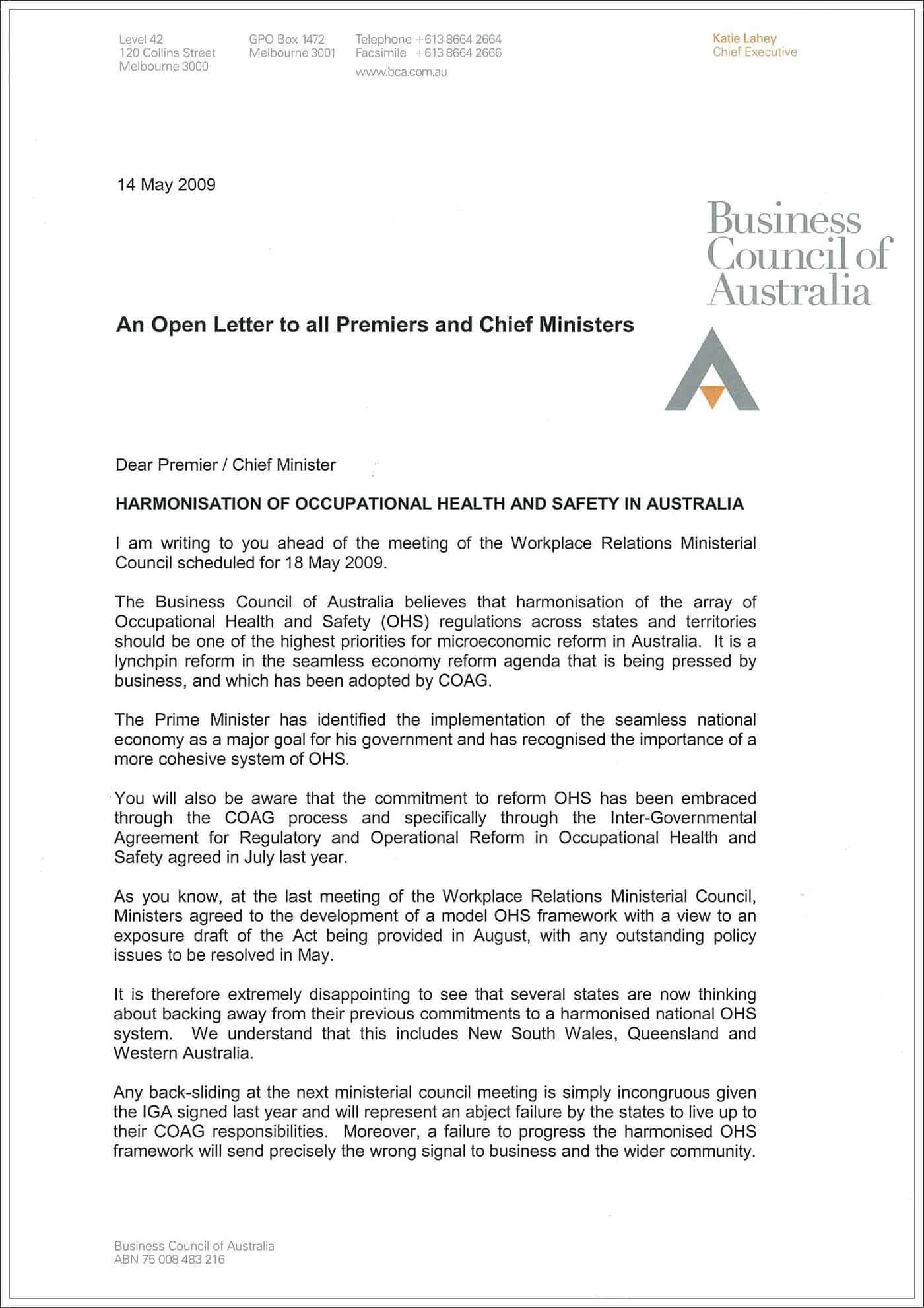The improved safety status in workplaces that have an active union presence has been verified through research, but what of the efforts on safety management from outside the union research efforts.
Below is the abstract of an article that was published online late-2008 (and is available for purchase). The research was conducted in a country with a negative safety culture so the improvements may be more marked than from outside Spain. However, the full study (not accessed by SafetyAtWorkBlog) may provide an interesting before-and-after story.
“Occupational accidents severely deteriorate human capital, and hence negatively affect the productivity and competitiveness of countries. But despite this, we still observe a scarcity of preventive practices, an unsatisfactory management commitment and an absence of safety culture among Spanish firms. The result is evident in firms’ high accident rates. This situation is a consequence of the general belief among firms that investing in safety is a cost, and hence has negative repercussions for their competitiveness. The current work aims to identify good practices in safety management, and analyse the effect of these practices on a set of indicators of organisational performance. For this, we first carry out an exhaustive literature review, and then formulate a series of hypotheses. We then test the proposed model on a sample of 455 Spanish firms. Our findings show that safety management has a positive influence on safety performance, competitiveness performance, and economic-financial performance. Hence they provide evidence of the compatibility between worker protection and corporate competitiveness.”
The full article is available in Safety Science (Volume 47, Issue 7, August 2009, Pages 980-991).
B Fernández-Muñiz, J Montes-Peón and C Vázquez-Ordás, ‘Relation between occupational safety management and firm performance’ (2009) Safety Science 47: 980-991.


